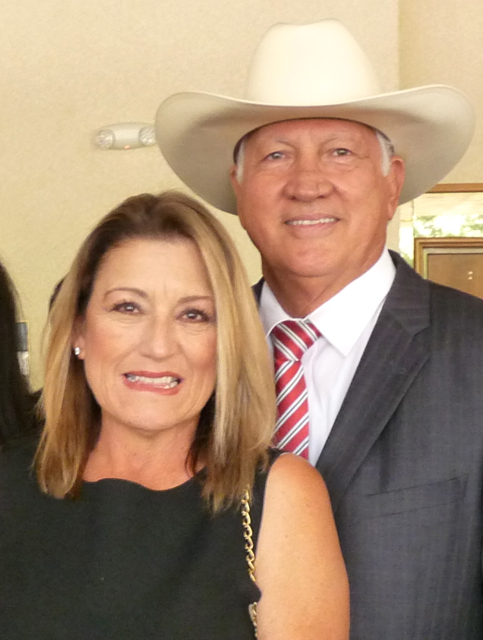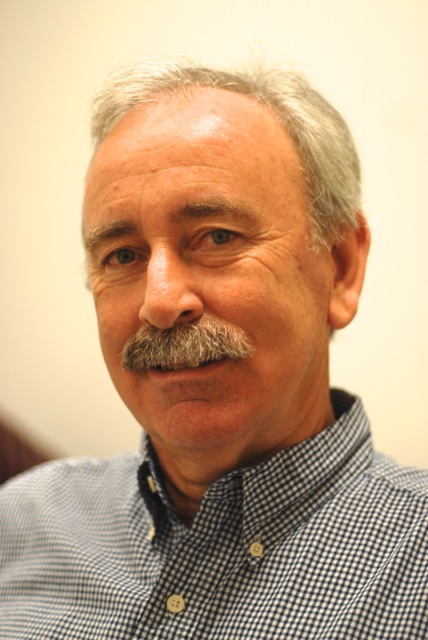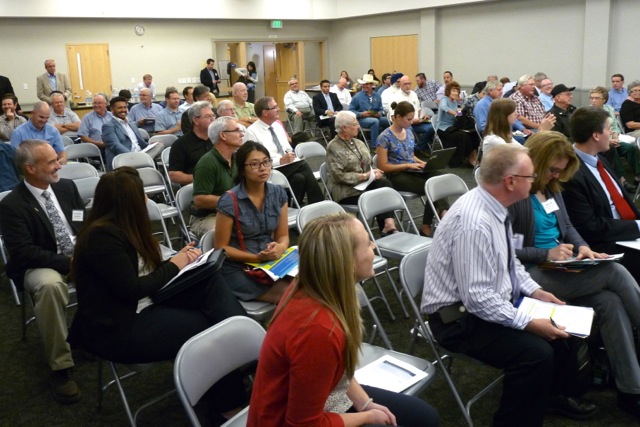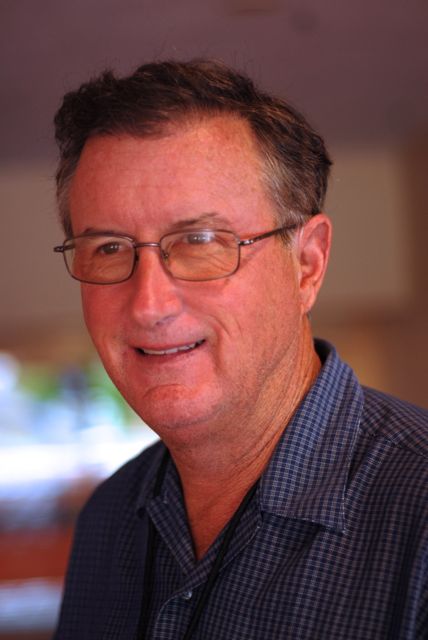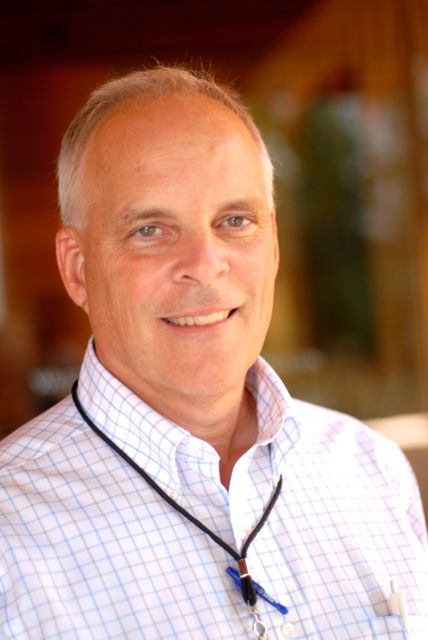Associations, Organizations, Educational and Research Institutions
Fresno Ag Awards
Joe Del Bosque and Earl Hall Receive Ag Awards in Fresno
By Charmayne Hefley, Associate Editor
At the Fresno Chamber of Commerce’s Annual Ag Awards Luncheon on Oct. 28, Westside farmer Joe Del Bosque and businessperson Earl Hall, owner of Hall Management Corp., a labor contracting company, received awards for their commitment to agriculture.
Honored as the Chamber’s 2015 Agriculturalist of the Year, Del Bosque, owner of Del Bosque Farms in Firebaugh, said, “It’s an honor to be here, and I’m so surprised to see not only my family here, but a lot of my friends as well as community leaders that I know. I’m just so pleased to have them attending and supporting. It really is an honor and I’m humbled. I mean, I saw the list of the folks who have been given this award; they’re some of the big leaders that I always look up to.”
Del Bosque was honored for his open farm policy of allowing bloggers and city folks to visit his operation and observe what farming is all about. He also hosted President Obama on an historic visit on Feb. 14 2014. Del Bosque farms almonds, melons, cherries and asparagus and relies on his farm employees to get the crops harvested. He also is a governor-appointed member of the California Water Commission, a public forum to discuss water issues, advise the Department of Water Resources (DWR) on water policy and decides what storage projects to build with 2014 Water Bond funding.
Hall’s Kerman-based company, Hall Management Corp, received the Baker Peterson Franklin’s Ag Business Award. Hall said his company manages the farm production and all of the labor—all of whom work directly for his company—for several different agricultural companies across 500 thousand acres. “We do business in 26 counties around the state,” said Hall. “I’ve been doing this for 50 years, and it’s quite an honor that our company has been recognized today as the ag business company of the year. I have to give all the credit to my people.
____________________
Founded in 1917, Baker Peterson Franklin, CPA, LLP is a full-service, locally-owned accounting and consulting firm in Fresno, California with a 45+ person staff.
With a membership of more than 1,400 businesses and organizations, the Fresno Chamber of Commerce promotes and supports the success of the regional business community through effective advocacy, education and relationship building.

